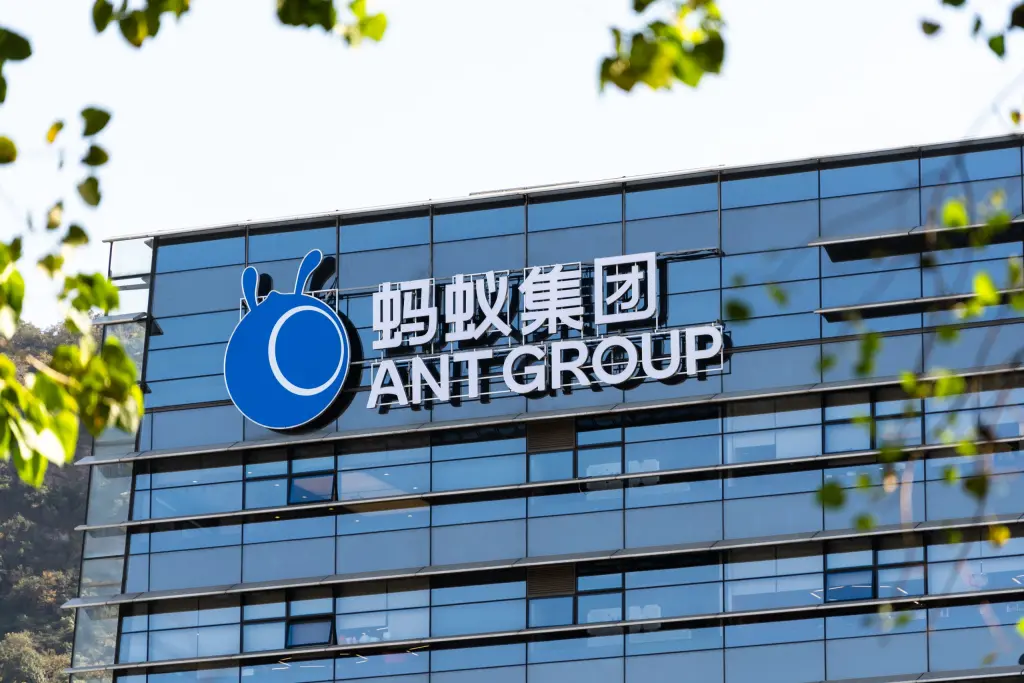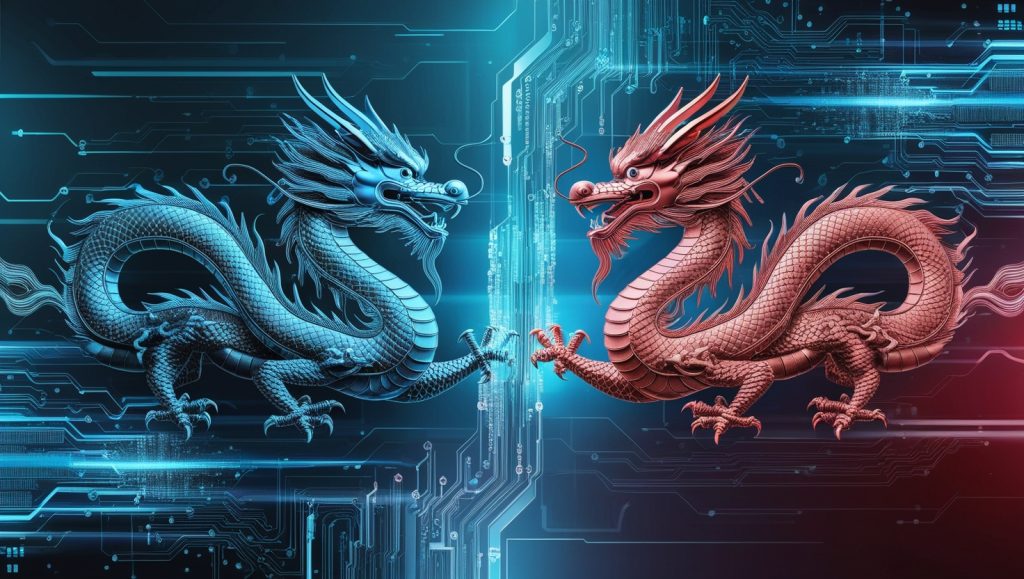The Digital Battleground: When Technology Becomes Strategy
In the shadowy world of global technological competition, where microchips are the new munitions and algorithms are strategic weapons, a remarkable story is unfolding. Ant Group, the financial technology powerhouse backed by Jack Ma, has emerged as an unexpected protagonist in a narrative that challenges everything we thought we knew about technological innovation.

Picture the scene: U.S. trade sanctions tightening like a vice around China’s tech ecosystem, cutting off access to advanced semiconductors. For many, this would spell defeat. But for Ant Group, it became an opportunity to redefine the boundaries of possibility.
The Crucible of Innovation: Forging Technological Independence
The context is critical. As geopolitical tensions simmer and technological access becomes a strategic chess game, Chinese tech firms found themselves at a crossroads. Surrender to external constraints or forge a new path of indigenous innovation? Ant Group chose the latter with a boldness that sends tremors through the global tech landscape.
By successfully training AI models using domestically produced semiconductors, the company has done more than create an alternative—they’ve crafted a technological manifesto. Their achievement isn’t just about reducing costs by 20% or matching the performance of Nvidia’s restricted H800 chips. It’s a declaration of technological sovereignty.
The Mixture of Experts: A Computational Symphony
At the heart of this breakthrough lies the Mixture of Experts (MoE) approach—a machine learning technique that transforms complex computational challenges into a harmonious ensemble of specialized processes. Imagine an orchestra where each musician is a computational expert, playing their unique part to create something far more powerful than any individual contribution.
This isn’t just an incremental improvement. It’s a fundamental reimagining of how AI models can be constructed and trained. While giants like Google and DeepSeek have explored similar territories, Ant Group has elevated the concept to an art form, proving that innovation thrives under constraint.

The Human Story Behind the Silicon
Behind every technological breakthrough are human stories of resilience, creativity, and determination. The engineers at Ant Group aren’t just coding—they’re rewriting the narrative of technological potential. Each line of code, each optimized algorithm represents a defiance of expectations, a rejection of technological determinism.
Consider the context: China’s tech ecosystem has been systematically constrained by external forces. Export restrictions, chip embargoes, limited access to cutting-edge hardware—these could have been insurmountable barriers. Instead, they became the forge in which a new technological paradigm was hammered into existence.
A Broader Technological Ecosystem in Motion
Ant Group’s achievement isn’t an isolated incident. It’s part of a broader movement within China’s tech landscape. Companies like Huawei, with their Ascend chips, and SMIC, pushing the boundaries of semiconductor manufacturing, are all part of this grand narrative of technological emancipation.
The civil-military fusion strategy, substantial government investments in research and development, and a vast talent pool of engineers and scientists—these are the currents powering this technological transformation. It’s a holistic approach that sees technology not just as a product, but as a strategic national asset.
Global Implications: Reshaping the Tech Landscape
What does this mean for the global technology ecosystem? It’s a profound disruption of existing power dynamics. Nvidia’s near-monopoly on AI hardware is no longer an unassailable fortress. The cost efficiencies achieved by Ant Group—a 20% reduction in training costs—represent more than just a financial advantage. They signal a fundamental shift in how AI development can be conceptualized and executed.

Moreover, this breakthrough challenges the narrative of technological dependency. It suggests that innovation is not the exclusive domain of a few global tech giants, but a potential that can be unlocked through creativity, determination, and strategic thinking.
Navigating Challenges: The Road Ahead
Of course, questions remain. Can these domestically produced chips consistently match the performance across diverse applications? Will Chinese semiconductor manufacturers sustain the momentum of innovation? Can they build the robust ecosystem of support that has been a hallmark of companies like Nvidia?
These are not obstacles, but opportunities for further innovation. The very act of asking these questions demonstrates the dynamic, competitive spirit driving China’s technological advancement.
A New Paradigm of Technological Development
Ant Group’s achievement is more than a corporate milestone. It represents a new paradigm of technological development—one where constraints are transformed into catalysts of innovation, where geopolitical challenges become opportunities for reimagining what’s possible.

This is not about replacing existing technologies, but about creating alternatives, about expanding the realm of technological possibility. It’s a testament to the power of human ingenuity, to the notion that true innovation knows no borders.
The Unfolding Story: Innovation as Resistance
As we stand at this technological crossroads, Ant Group’s breakthrough resonates like a clarion call. It challenges us to look beyond traditional narratives of technological supremacy. It suggests that the future belongs not to those with the most resources, but to those with the most creativity.
The race for technological innovation is far from over. In fact, it’s just beginning to get interesting.

In the grand theater of global technology, the curtain is rising on a new act. And what a performance it promises to be…
Copyright©dhaka.ai
tags: Artificial Intelligence, Ai, Dhaka Ai, Ai In Bangladesh, Ai In Dhaka, Ant Group



